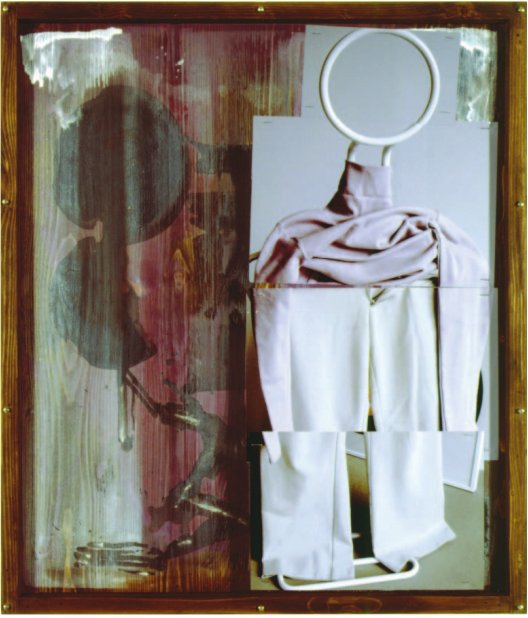Rosemarie Trockel
dal 11/10/2012 al 5/1/2013
Segnalato da
11/10/2012
Rosemarie Trockel
Culturgest - Edificio Sede da Caixa Geral de Depositos, Lisboa
Flagrant Delight. Despite her having built up a considerable body of work over the past thirty years, no comprehensive overview has yet been made of her oeuvre. Her metaphorical and associative working method is the basis for the poetic visual language she herself champions.

Curator Dirk Snauwaert
Rosemarie Trockel does not welcome the rigid drill of the retrospective. Despite her having built up a considerable body of work over the past thirty years, no comprehensive overview has yet been made of her oeuvre. The only possible explanation for such a situation is her deliberate withdrawal from the process of academic/historical record-keeping, a withdrawal entirely in keeping with her claim that she has always felt more “interest in internal contradiction and incoherence”. This position runs counter to the internal coherence, connections and developments suggested by the retrospective and its tendency to unfold the artist’s work in a coherent and chronological manner.
The idea of an all-encompassing retrospective exhibition is indeed at odds with Trockel’s penchant for “incompleteness”, “opacity” and an open and non-systematic aesthetic language and practice. Her metaphorical and associative working method is the basis for the poetic visual language she herself champions. Her great freedom of choice – of ideas, media and materials – goes hand-in-hand with a programmed orientation that combines a feminist and antiauthoritarian stimulus with the dismantling and iconoclastic undermining of rules and categories, as well as of acquired and presupposed forms of acting and thinking. Trockel’s feminist focus tends towards subverting the idea of the transparent, rational and seamless nature of reality, against which she pits opacity, inefficiency, error, disorder, disorganization, obscurity and complexity.
Quite how unconventional her interpretation of artistic practice is will be clear to anyone who considers the strictly methodical categorization she herself has imposed. Trockel has organized Flagrant Delight according to the medium used – sculptures, collages, ceramics and textiles (wool paintings) – imposing a succession that seems to obey one of art history’s more traditional and conventional divisions, namely the category. However, on closer inspection of the actual presentation, what initially appears to be a rigorously categorical approach becomes an extremely diverse and free inventory of the possibilities and limitations of a medium; indeed, even the faintest hint of categorization is thwarted at every turn. The extremely wide-ranging, diverse and conflicting (or so perceived) imaginary and conceptual universes populated by her works are what capture the viewer’s attention when examining it as a whole. The exhibitions are a link, a gesture towards the possible development of new relationships. And this too, in a similar vein, is how this retrospective exhibition can and should be interpreted.
The exhibition is a collaboration between WIELS Contemporary Art Centre, in Brussels, Culturgest and Museion, in Bolzano.
Image: She is Dead 1, 2008, Different Materials, 68 × 58 × 4,8 cm, Private collection, Miami
Opening october 12, 2012 22h
Culturgest
Rua Arco do Cego, 50 1000-300 Lisbon, Portugal
Hours: Thursday - Friday: 11h to 19h (last admission to 18.30). Saturdays, sundays and holidays: 14h - 20h (last admission to 19.30)



